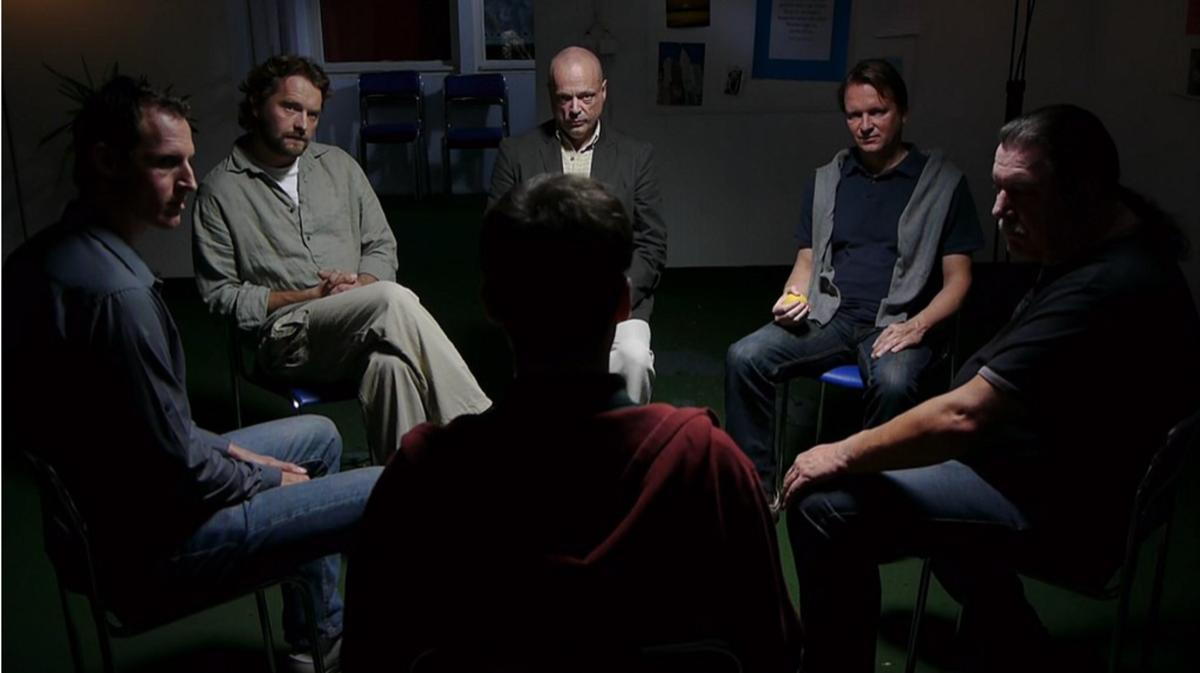
You’ve probably heard of cognitive behavior therapy, or CBT, which is a therapy model based on the idea that your thoughts and feelings are all connected in a way, and that any negative thinking or feeling (even physical sensations) can keep you trapped in a loop.
But have you ever heard of dialectical behavior therapy, or DBT?
The word dialectical means “the existence of opposites.” DBT is the concept that when two opposite strategies are considered – accepting that what a person is feeling and thinking is valid, and changing how they have managed (or not managed) those behaviors and thoughts in the past – a person can move forward in a more positive and healthy way.
Dialectical behavior therapy is divided into four treatment stages; each stage depends on the individual and the severity of their symptoms.
The first stage sees the person typically out of control, so the goal is in this stage is to move the person from being out of control to regaining control of their behavior.
Next, in the second stage, the person might feel as though their life-threatening behavior is within their control, but they’re still hurting – they’re still suffering. They’re in a place that experts might call “quiet desperation,” so the goal in this stage is to move from that space to one where they can feel their emotions fully.
In the third stage, the person begins to learn to live. Here, they begin to think about self-respect and self-love. They consider what their happiness and what their peace means. They begin to make goals for where they want to be. Instead of feeling deeply unhappy or experiencing momentary happiness which might seem out of reach (or even seemingly extreme, in some cases, because the happiness comes so irregularly) the person begins to learn how to live with “ordinary” happiness and sadness.
Not all people need stage four, but in this stage, the person begins to explore deeper meaning to life through spirituality.
How long does DBT take to work?
DBT is not a short-term model of therapy. It takes a year of commitment, at least. That said, there are some shorter programs called DBT-informed programs, which use some structures exercised in DBT.
Usually, there are five components to a standard DBT program, and each serve an explicit function.
a. A skills therapist will conduct a DBT skills training group in a classroom setting. Once a week, for up to three hours, the class will meet and learn about mindfulness, distress tolerance, interpersonal effectiveness and emotion regulation. It takes 24 weeks to get through the entire curriculum.
b. Individual therapy sessions are held once a week for an hour to an hour and a half, where the individual and the therapist will talk about specific challenges, events, and goals. These are intended to help the person with their motivation and dedication to recovery.
c. “In-the-moment coaching” is held through telephone sessions, should the individual need real-time support. If the person is experiencing something stressful, the therapist can coach them and remind them of the skills they’re learning in class and in therapy; in this way, the person learns how to apply the skills in real life.
d. Case management strategies are studied and discussed so the person undergoing therapy can learn even further how to take control of their lives. The idea is for the individual to become their own case manager, for when the sessions and classroom time are complete, and they must be able to utilize their learned skills on their own.
e. The people who provide DBT get support too: they have access to a DBT consultation team, made up of skills therapists, therapists, case managers and other mental health professionals. These people help the DBT therapist remain motivated and dedicated, minimizing the risk of burnout, and giving them support whenever needed.
What’s the difference between CBT and DBT?
Both CBT and DBT are profoundly helpful to anyone needed psychotherapy; both are designed so that the individual can talk, learn and improve their mental health in controlled, safe spaces with trusted professionals.
CBT focuses on learning the different ways to change negative, unhelpful thoughts and actions. DBT, on the other hand, focuses on the idea that it’s okay to accept those thoughts and feelings, so long as the individual learns techniques to change those thoughts, feelings and behaviors. DBT doesn’t just study personal skills, but interpersonal relationship skills as well.